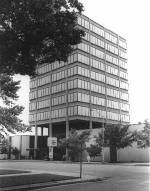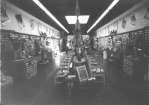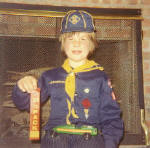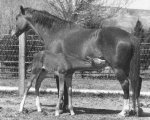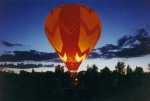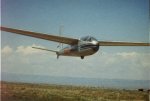
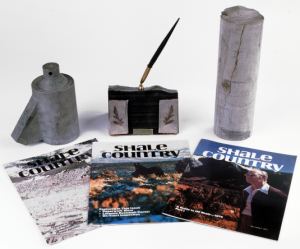
Oil shale artifacts include a cylindrical core sample of gray
shale with petroleum traces. The cast aluminum retort is for weight testing
shale oil. The desk set has a slab of oil rich �mahogany ledge�, and fossil
leaves. This is from the desk of Grand Junction attorney Owen Aspinall,
who was governor of American Samoa 1961-69.
The 1970s
During the
1970s, citizens were able to afford hot air balloons, sail planes and fine
horses. More prosperity was expected as regional corporations invested in huge
shale oil projects. In 1970, the beginning of that decade saw a population
of 20,170, a 7.9 percent increase in ten years.

